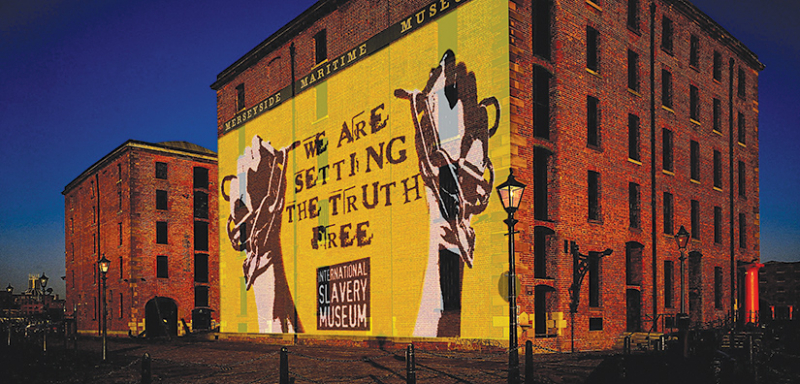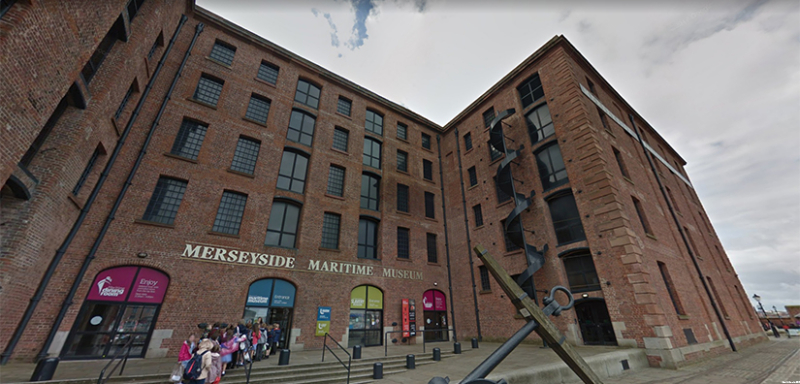International Slavery Museum
The history and effects of the transatlantic slave trade are the main topics of the International Slavery Museum in Liverpool, England. The three main exhibits at the museum, which is a section of the Merseyside Maritime Museum, are devoted to the life of people in West Africa, their eventual enslavement, and to their ongoing struggle for freedom. The museum also covers issues like racism and discrimination as well as slavery in modern times.
Before a Transatlantic Slavery exhibit was made in 1994 to properly investigate Liverpool's historical role in the slave trade, the history of the slave trade was initially covered as part of the city's nautical history as part of the Merseyside Maritime Museum, which opened in 1980. In order to more clearly explain slavery and its effects, a museum specifically devoted to the history of slavery was decided to be established in the early 2000s due to the exhibition's growing international appeal and high visitor volume.
According to National Museums Liverpool, the new gallery leverages the testimonies of slaves and those involved in the trade to focus on the experience of individuals. They contain a place of peaceful study and contemplation dedicated to the ancestors of the slaves. In March 2018, the museum received a £50,000 grant to help it purchase and restore the artwork "Am Not I A Man and a Brother." The artwork was created in the early 1800s and is based on a plan ordered by the Committee to Abolish the Slave Trade. The picture, which appeared on Josiah Wedgwood's ceramics, is regarded as one of the earliest examples of a logo created for a political cause.
Location: Royal Albert Dock, Liverpool L3 4AQ, England












